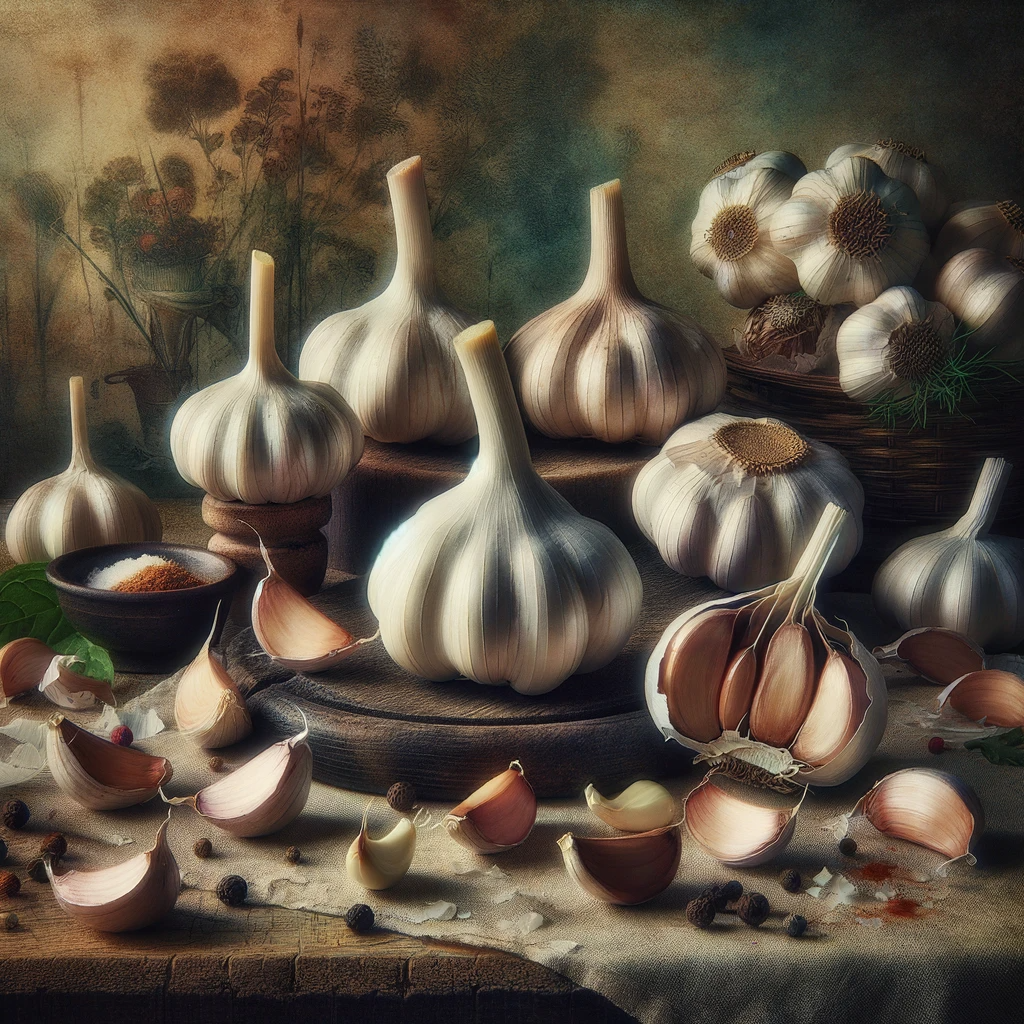When it comes to Italian cuisine, there’s one essential ingredient that can never be overlooked – garlic. This pungent bulb has been a cornerstone of Italian cooking for centuries, lending its robust flavor to a wide array of dishes, from pasta to sauces and beyond. In this article, we’ll explore the rich history of garlic in Italian cuisine and its versatile role as an indispensable ingredient.
Garlic: A Flavorful History
Garlic has been a part of Italian cuisine for as long as anyone can remember. Its origins can be traced back to Central Asia, but it quickly found its way to the Italian Peninsula, where it flourished in the Mediterranean climate. Ancient Romans believed in the powerful healing properties of garlic and consumed it extensively. It wasn’t just seen as a seasoning but as a medicinal herb.
The Culinary Impact of Garlic
Fast forward to today, and garlic remains a cornerstone of Italian cooking. Its distinctive, pungent flavor enhances a wide range of dishes, making them unforgettable. Here are some ways in which garlic elevates Italian cuisine:
- Pasta Perfection: Garlic-infused olive oil is the starting point for many Italian pasta recipes. Sautéed garlic releases its aromatic oils, infusing the oil with its intense flavor. Whether it’s Aglio e Olio, Carbonara, or Alfredo, garlic plays a starring role in these iconic pasta dishes.
- Sauces and Soups: Garlic is a key player in the creation of Italian sauces and soups. From classic Marinara to hearty Minestrone, garlic adds depth and complexity to these culinary delights. It’s often one of the first ingredients to hit the hot pan, releasing its enticing aroma.
- Bruschetta Brilliance: A staple appetizer in Italian cuisine, bruschetta wouldn’t be the same without garlic. Sliced garlic cloves are rubbed onto toasted bread, imparting a subtle yet distinct flavor that perfectly complements the toppings.
- Pesto Power: The beloved pesto sauce would lose its charm without garlic. A traditional pesto recipe includes garlic, basil, pine nuts, Parmesan cheese, and olive oil. It’s the garlic that gives this sauce its zesty kick.
- Versatile in Vegetable Dishes: Garlic pairs wonderfully with a variety of Italian vegetables, like sautéed spinach, broccoli rabe, or roasted eggplant. It transforms these simple ingredients into delectable side dishes.
Health Benefits of Garlic
Besides its exceptional taste, garlic boasts several health benefits. It is known for its antibacterial and antiviral properties, making it a natural immune booster. Garlic also contains antioxidants and can help regulate blood pressure and cholesterol levels when consumed regularly.
In Conclusion
In the world of Italian cuisine, garlic is not just an ingredient; it’s a flavor powerhouse that enhances the depth and richness of dishes. From pasta to sauces, garlic plays a vital role in creating the beloved flavors of Italy. Its remarkable history and culinary versatility make it an indispensable part of any Italian kitchen.
So, the next time you savor a plate of spaghetti aglio e olio or enjoy a bowl of hearty minestrone, take a moment to appreciate the humble yet remarkable garlic. It’s the ingredient that weaves the magic of Italy’s culinary heritage into every bite
